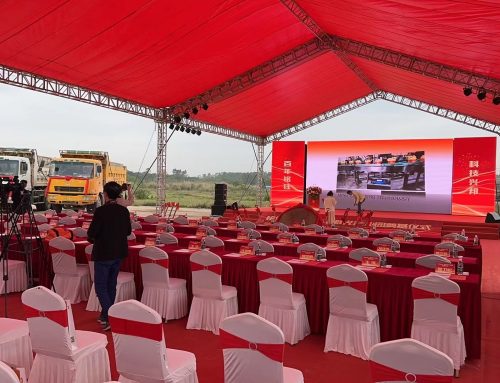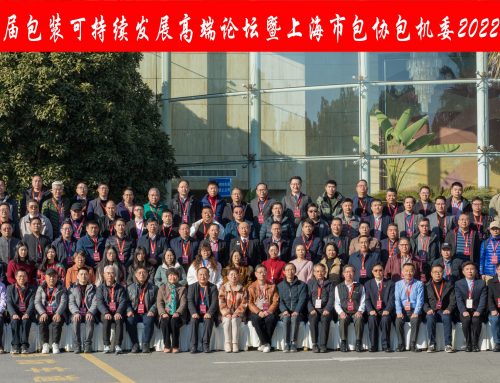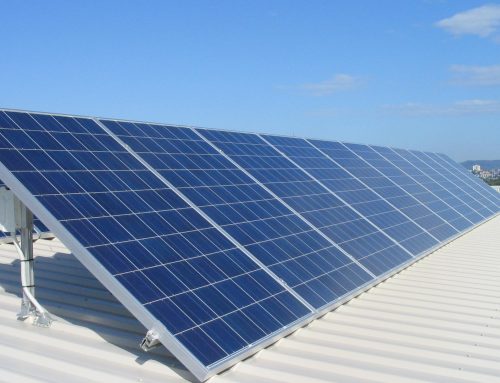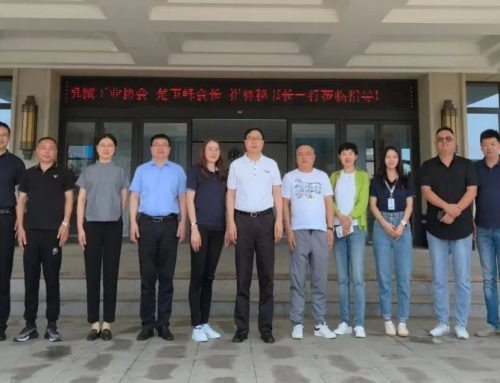The future of China's fully automated packaging machinery manufacturing industry
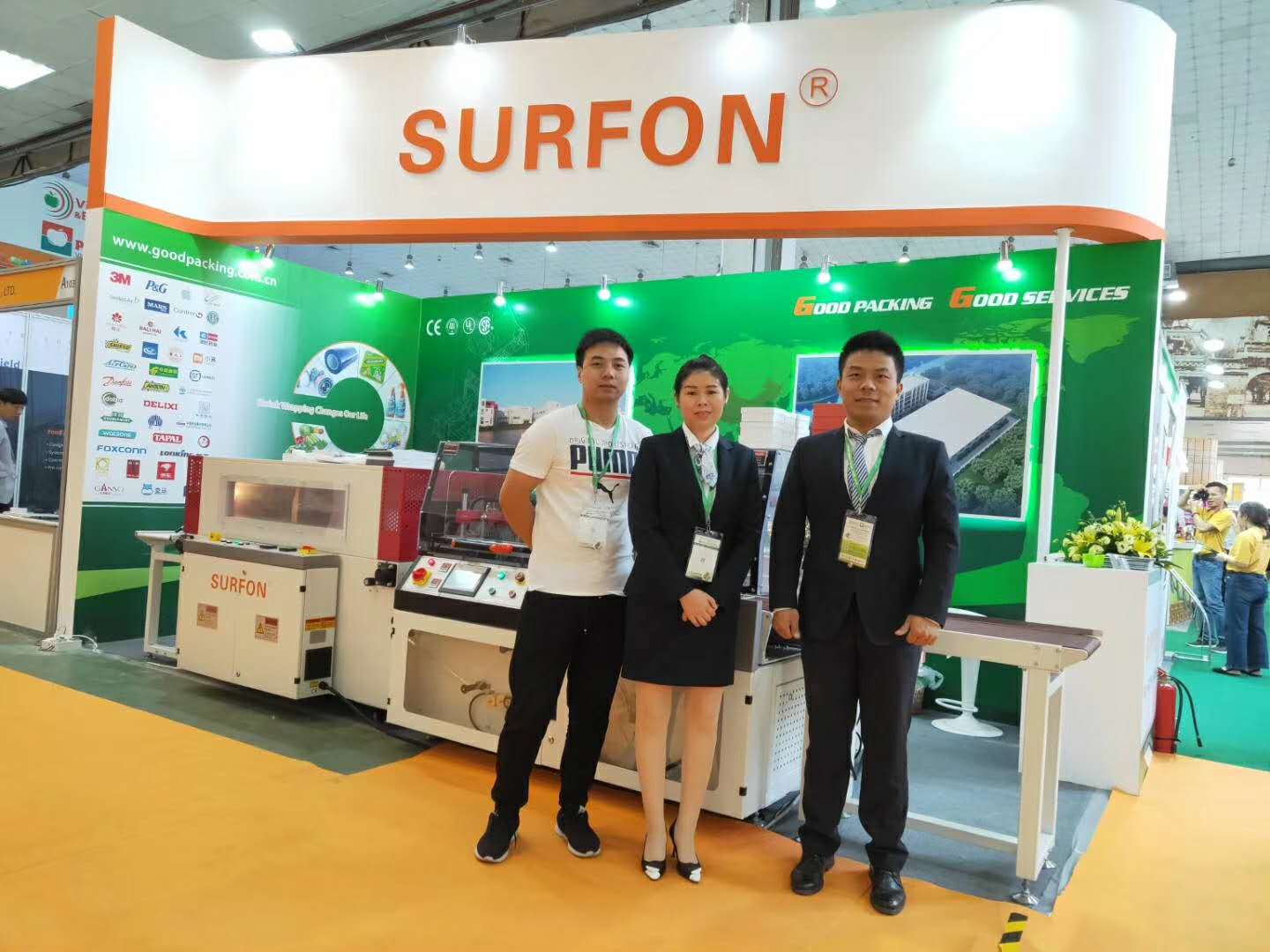
Packaging machinery automation mainly refers to the application of automation technology in the machinery manufacturing industry to realize continuous automatic production of processing objects, realize optimized and effective automatic production processes, and speed up the processing transformation and flow speed of production inputs. The application and development of mechanical automation technology is the main means of technological transformation and technological progress in the machinery manufacturing industry and the main direction of technological development. The technical level of mechanical automation not only affects the development of the entire machinery manufacturing industry, but also has a great direct impact on the technological progress of various sectors of the national economy. How to develop my country's mechanical automation technology, we should seek truth from facts, proceed from our country's physical conditions, do a good job in various basic work, and take the road of China's mechanical automation technology development.
1. Combined with the actual production, pay attention to the practical development of mechanical automation technology. The whole point of advanced manufacturing technology is application. The development of mechanical automation technology should be guided by the actual needs and specific conditions of the production and development of enterprises. Only when suitable products are produced in a suitable automatic way, can we receive good technical and national economic benefits and social and economic benefits. In the development of mechanical automation technology in my country, it should be combined with the real world and pay attention to practicality, that is, to produce practical benefits to the national economy. The tendency of blindly engaging in automation and automatic production lines, and the tendency to engage in low-load rate production that only takes 1 to 2 months to complete production tasks throughout the year should be corrected, and those that do not significantly promote the national economy and are inefficient should be alleviated. engage. We want efficiency, not just speed.
2. Develop low-cost automation technology with less investment and quick results. The development of low-cost automation technology has great potential, broad prospects, low investment, quick results, and improved automation, which can achieve twice the result with half the effort, which is suitable for my country's current development needs and national conditions. The Lean Production LP (Lean Production) model proposed by the Massachusetts Institute of Technology in the 1990s is the specific performance of obtaining the maximum output with the minimum input. It is beneficial to learn from foreign experience in developing low-cost automation technology in machinery manufacturing. my country's machinery manufacturing enterprises have a large number of general-purpose equipment. When developing modern mechanical automation technology, they should focus on the original equipment, rationally adjust the layout of machine tools, add a small amount of numerical control equipment, introduce CAD/CAM technology, and give full play to computer automation. The advantages of management and the creativity of people together form a people-centered, information automation as the guide, and establish an independent unitized production system, which provides a low investment, quick effect, high efficiency, A new approach to the development and application of mechanical automation technology in line with my country's national conditions. The local automatic modification of general-purpose machines is of great significance. In the near future, my country's demand for low-cost and easy-to-maintain general-purpose machines will not drop sharply, because there is a vast market for township enterprises, small factories, laboratories, and tool workshops of large enterprises.
3. 结合中国国情, 发展现代机械自动化技术。实现机械自动化是一个由低级到高级、由简单到复杂、由不完善到完善的发展过程。当机械的操作采用自动控制器后, 生产方式才从机械化逐步过渡到机械控制( 传统) 自动化、数字控制自动化、计算机控制自动化。只有建立了自动化工厂后, 生产过程才能全盘自动化,才能使生产率全面提高, 达到自动化的高级理想阶段。中国实现机械自动化技术应是一个长期的过程, 不可能一蹴而就。当前, 中国机械制造业同世界先进水准也存在阶段性差距。在我国这种国情下, 普遍发展应用计算机集成制造系统的“全盘自动化”或“高度自动化”, 并不具备必要的基础技术、经验和投资能力。因此, 要不要普遍发展全盘自动化或高度自动化CIMS 技术, 一定要慎重行事。而且全盘自动化或高度自动化的CIMS 技术也并非我国机械制造业的当务之急, 只能列为机械制造自动化技术的主要发展方向。应该发展工艺成熟的大批量生产的自动化技术。我国现阶段, 在产品数量较大的同类产品连续流水作业的切削加工生产中, 自动化设备仍然是半自动机床、自动机床、组合机床及其组成的自动线、回转体零件加工自动线等。而在大批量的铸造、锻造、冲压、焊接、热处理和装配等生产中, 采用刚性自动化( 自动单机和自动线) 则是合理可行的, 能取得较好的经济效益; 对于品种稍多的成批生产, 应采用由快速重新调整的设备组成成组工段或流水线、可更换主轴箱组合机床自动线、短自动线和复合制造单元, 实现成组自动化; 而单件小批量生产, 应从推广成组术入手, 适当发展采用数控机应酬或加工中心, 有针对性地建立一些揉性制造单元FMC( Flexible Manu- facturing Cell) , 可取得较好的经济效果。我国作为一个发展中国家, 考虑一切生产技术问题时的前提必须是适用。我国消化吸收国外柔性制造系统( Pseudo- FMS) ,是要确保必要的生产柔性的前提下, 优化人机界面, 不过分追求自动化, 尽可能建立较为完善的信息系统, 充分发展计算机管理的效益。系统中先进的自动化装备和普通设备并存, 系统的某些环节允许人工干预。这是一个典型的结合国情、实施适用先进方针的自动化技术解决方案。我国目前在消化呼吸、融会贯通国际上有用的自动化技术理论的基础上, 要努力做到从我国机械制造业的实际情况出发, 发展创新, 形成有国情特征的发展自动化技术理论和学说, 进行围绕计算机技术的柔性自动化技术的开发研究, 以适用为前提, 急需什么就解决什么, 取得实践经验再推广应用。






